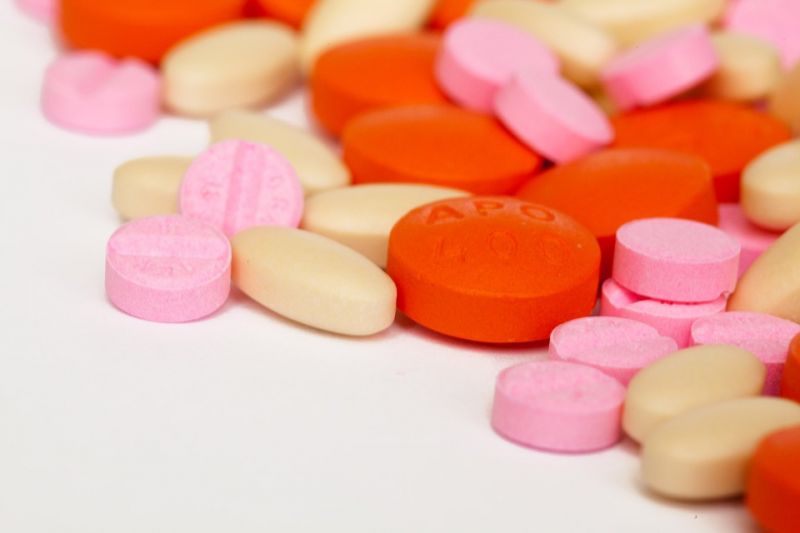Aquatic Risks from Human Pharmaceuticals at the Global Scale (Research)
Published on by Water Network Research, Official research team of The Water Network in Academic
Recent research showed that over the past 20 years, concentrations of pharmaceuticals have increased in the world's freshwater sources which can potentially cause damaging ecological effects.
The study published on February 22nd, "calls for more widespread data gathering to measure the problem around the world."

Representative Image Source: Pixabay, labeled for reuse
Aquatic risks from human pharmaceuticals—modelling temporal trends of carbamazepine and ciprofloxacin at the global scale
Rik Oldenkamp, Arthur H W Beusen, and Mark A J Huijbregts
Abstract:
Despite the worldwide presence of pharmaceuticals in the aquatic environment, a comprehensive picture of their aquatic risk (AR) at the global scale has not yet been produced.
Here, we present a procedure to estimate ARs of human pharmaceuticals at a freshwater ecoregion level. First, we predicted country- and year-specific per capita consumption with a regression model. Second, we calculated spatially explicit freshwater concentrations via a combination of mass balance models, addressing the pharmaceutical's fate in respective humans, wastewater treatment plants and the environment.
Finally, we divided the freshwater concentrations at the level of individual freshwater ecoregions with the regulatory limit value derived from toxicity tests to come to an ecoregion-specific AR. We applied our procedure to model time-trends (1995–2015) of ARs of carbamazepine and ciprofloxacin, two widely detected and regulatory relevant human use pharmaceuticals. Our analysis of carbamazepine and ciprofloxacin showed that ARs, due to exposure to these human pharmaceuticals, typically increased 10–20 fold over the last 20 years. Risks due to carbamazepine exposure were still typically low for the time period assessed (AR < 0.1), although some more densely populated and/or arid ecoregions showed higher ARs (up to 1.1). Risks for ciprofloxacin were found to be much higher with ARs larger than 1 for 223 out of 449 freshwater ecoregions in 2015. Comparison with measured concentrations in ten river basins showed that carbamazepine concentrations were predicted well. Concentrations of ciprofloxacin, measured in four river basins, were, however, generally underestimated by our model with one to two orders of magnitude. We conclude that our procedure provides a good starting point to evaluate ARs of a wide range of human pharmaceuticals at the global scale.
Environmental Research Letters 14, February 2019, DOI: 10.1088/1748-9326/ab0071
Find the study attached below.
Media
Taxonomy
- Standards & Quality
- Pharmaceuticals Waste
- Biological & Chemical Quality
- Water Quality
- Water Quality Research
1 Comment
-
Greetings from Mongolia! I am kindly asking if there is a possibility for me to read the full article?
1 Comment reply
-
Hi, Nomundari Erdene! The post is now updated and you can find the paper attached. Thank you for your interest. Regards.
-